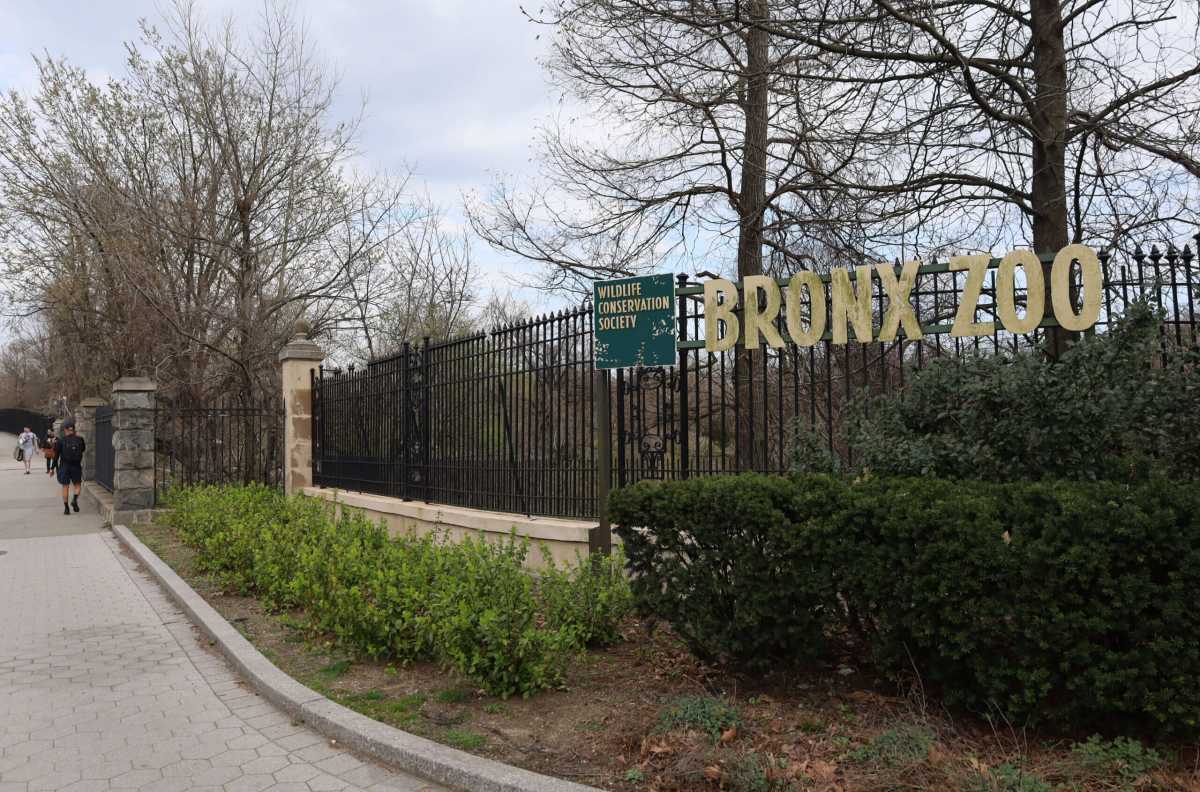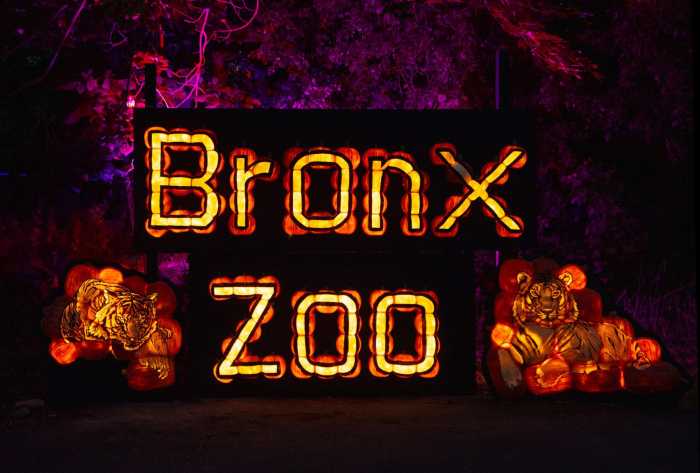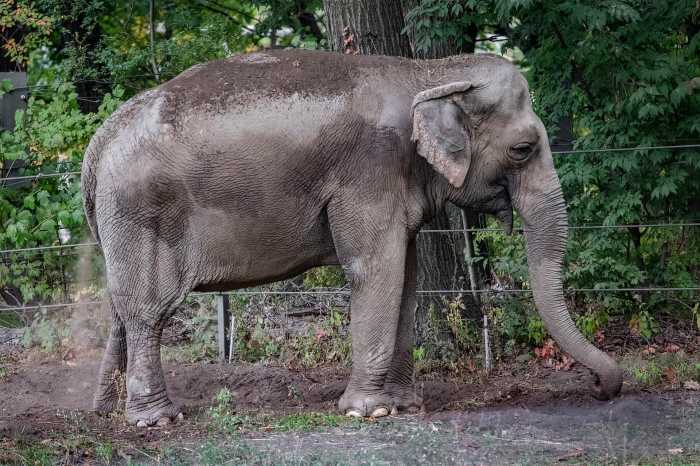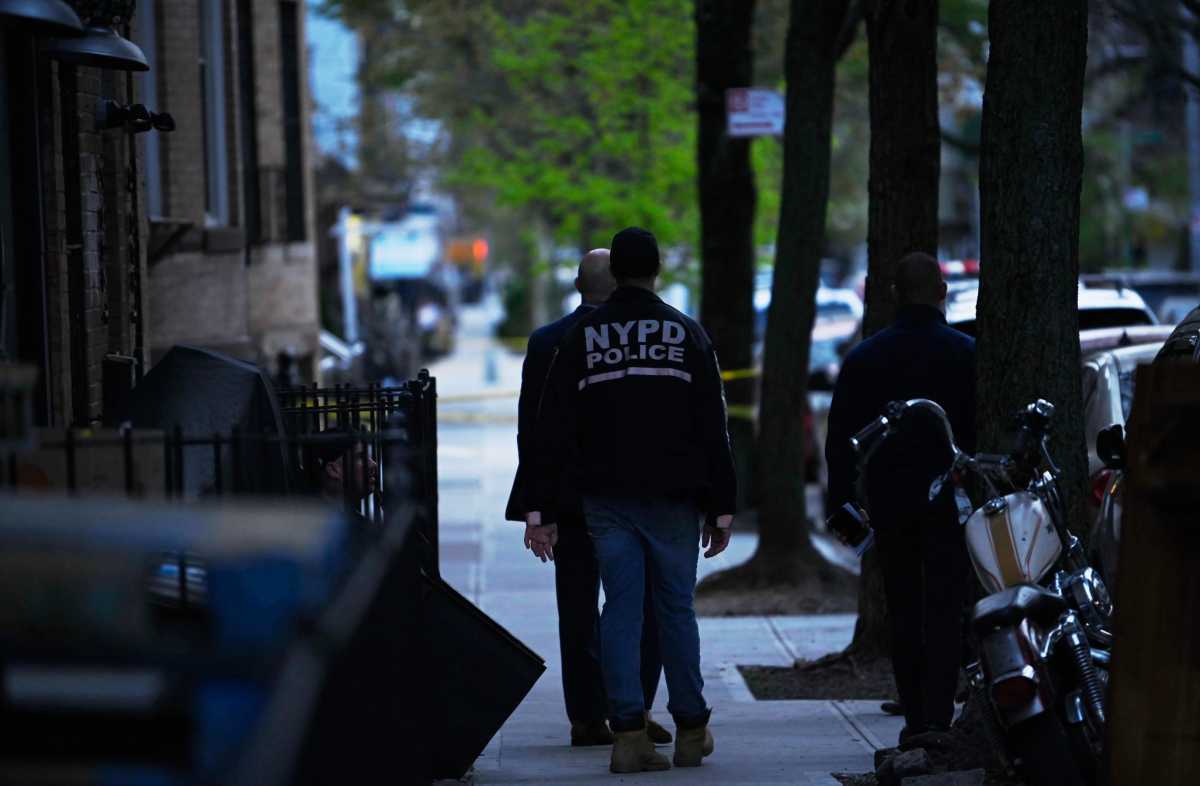Test your knowledge of Bronx history with our installment “Did You Know,” featuring interesting and otherwise unknown tidbits that expand on the lore of what is often referred to as the forgotten borough.
When the untimely deaths of George Floyd and Breonna Taylor made headlines in 2020, apologies began to pour out of institutions across the country for their decades, and, in some cases, more than a century’s worth of racial injustices.
The Bronx Zoo included.
“First, we apologize for and condemn the treatment of a young Central African from the Mbuti people of present-day Democratic Republic of Congo. His name was Ota Benga,” reads the Bronx Zoo press release dated July 29, 2020.
What was the apology for? The Bronx Zoo had a living, breathing man from Africa on exhibit in the Monkey House for about a week in 1906.
“In the name of equality, transparency, and accountability, we must confront our organization’s historic role in promoting racial injustice as we advance our mission to save wildlife and wild places,” the public apology also states.
It goes on to denounce the practices of the zoo’s founders, Madison Grant and Henry Fairfield Osborn, who wrote a book in 1916 on the practice of eugenics and the superiority of the Nordic people called, “The Passing of the Great Race.” The book encourages specific reproductive practices in order to increase the occurrence of “desirable” characteristics, such as white skin and blond hair.
Perhaps a rationale as to why they didn’t think much of keeping a live, thinking man in captivity with apes.
“I think he was originally at the Cincinnati Zoo and then they brought him here,” said Nick Torres while walking his dog by the Bronx Zoo’s front entrance on Thursday morning.
Ota Benga (1883-1916) was not in Cincinnati, but he was taken from the Democratic Republic of Congo by Samuel P. Verner, a missionary and anthropologist, and put on display as an attraction at the 1904 World’s Fair in St. Louis, Missouri. He was then exhibited at the American Museum of Natural History in Manhattan before ending up at the Bronx Zoo in 1906.
There, Benga was forced to live amongst chimpanzees and orangutans where he was treated like an animal and not given any human accommodations — like a bed.
According to a 1916 New York Times interview with Verner, Benga volunteered to go to the U.S. “He said he had left Africa because he did not want to be a slave and preferred to die in America rather than endure the confinement of which his spirit rebelled,” said Verner. Surely though Benga did not envision a life of being relegated to living with wild animals behind glass for the enjoyment of spectators and while being deprived of human contact.
It wasn’t long, however, that Benga’s presence at the Bronx Zoo captured the attention of Rev. James H. Gordon of the Howard Orphan Asylum in Brooklyn, who was soon joined by other Black ministers and lawyers. After significant public outcry, Benga was released by the zoo to the custody of Gordon and lived at the orphanage where he was cared for, clothed, fed and educated. He was later moved to Virginia, where the reverend had a separate ministry, and Benga also attended college.
However, assimilation wasn’t enough to erase the trauma that had already been inflicted on Benga, and in March 1916 he obtained a gun and killed himself.
“I mean it’s horrible, but I’m not surprised,” said Naomi, who did not disclose her last name, as she was walking to the Bronx Zoo with her husband and nine month old. Her lack of shock comes from the centuries of slavery around the world.
In 1810, Saartjie Baartman, now referred to as Sarah, was taken from the Eastern Cape of South Africa and put on display in London. In 1905, a tribe from the Philippines was paid $15 a month to display themselves in Coney Island, which is chronicled in Claire Prentice’s 2014 book, “The Lost Tribe of Coney Island.” And there were hundreds more from Africa, Asia and the Americas who were brought to fascinate “civilized” Westerners.
Sadly, putting indigenous people and people of color on display was common practice at the time.
Know any obscure facts about the Bronx that you’d like the Bronx Times to feature in its column? Let us know by dropping an email to editorial@bxtimes.com with Did You Know in the subject line.
Reach ET Rodriguez at etrodriguez@gmail.com. For more coverage, follow us on Twitter, Facebook and Instagram @bronxtimes




















